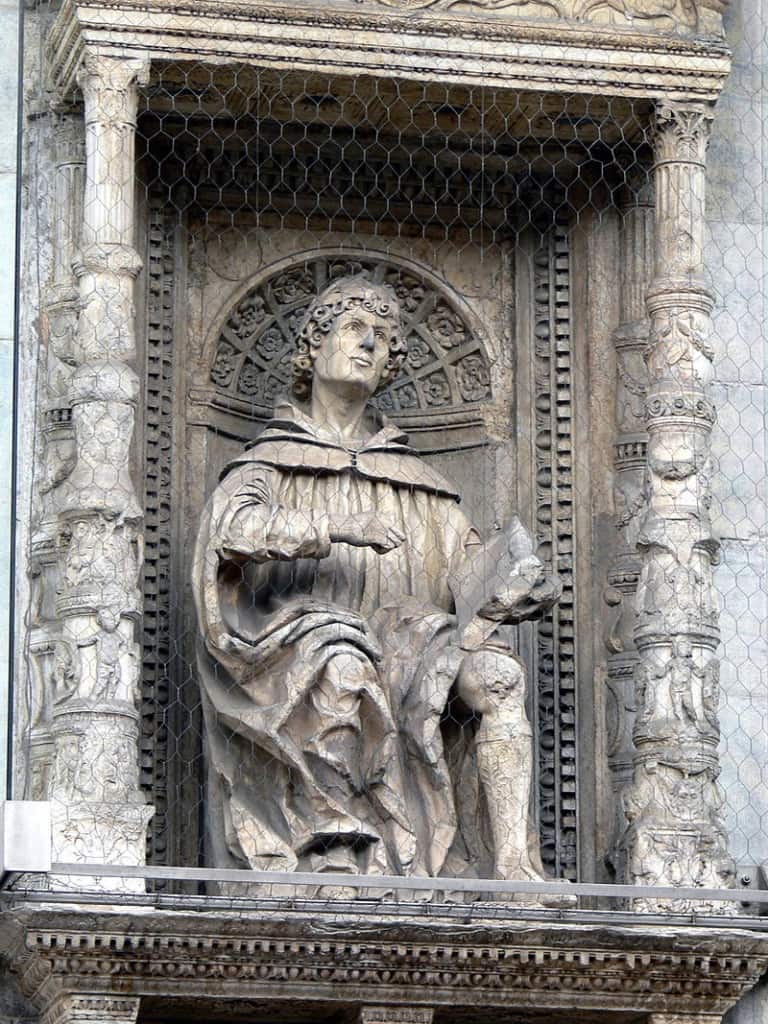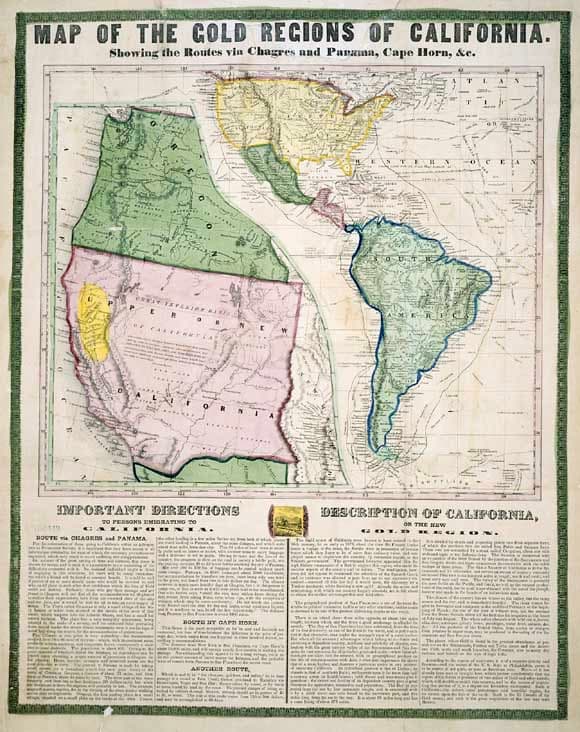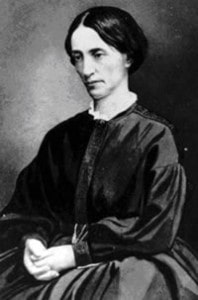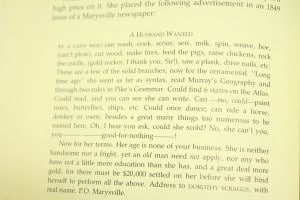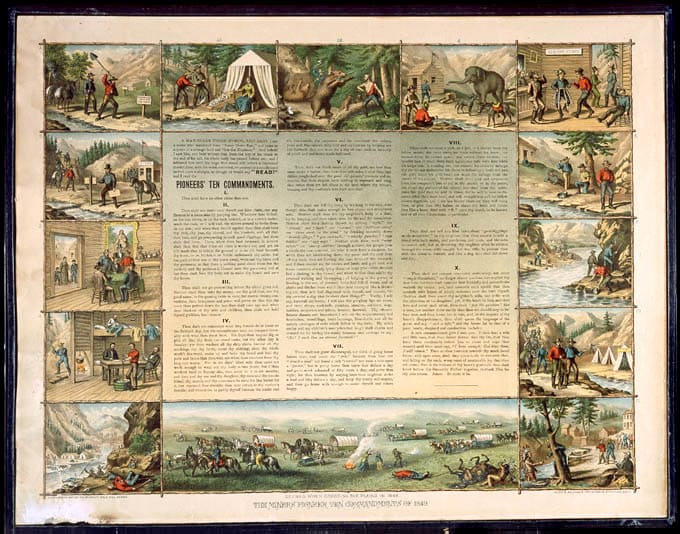
By: Benjamin Heebner
Target Students: 6th Grade
Historical Thinking Skills: Contextualization, Close Reading
Essential Question: What are the foundations of the right to rule for Chinese Emperors?
Rationale: The scaffolding questions are based around the comparison and contrasting Chinese, Sumerian, and Indian religious practices and how they relate to the right to rule on a graphic organizer. Using this as the base point Students will make a guess about how the Chinese will use religion to legitimize their Right to Rule. This activity is based on the previous information that the students are worked on in class already. In addition a close reading of the Mandate of Heaven, the logical manifesto of the Chinese Right to Rule will be done after the comparison and contrasting activity in order to either affirm of dis affirm their guess.
Primary Sources:
In the twelfth month of the first year… Yi Yin sacrificed to the former king, and presented the heir-king reverently before the shrine of his grandfather. All the princes from the domain of the nobles and the royal domain were present; all the officers also, each continuing to discharge his particular duties, were there to receive the orders of the chief minister. Yi Yin then clearly described the complete virtue of the Meritorious Ancestor for the instruction of the young king.
He said, “Oh! of old the former kings of Xia cultivated earnestly their virtue, and then there were no calamities from Heaven. The spirits of the hills and rivers alike were all in tranquility; and the birds and beasts, the fishes and tortoises, all enjoyed their existence according to their nature. But their descendant did not follow their example, and great Heaven sent down calamities, employing the agency of our ruler- who was in possession of its favoring appointment. The attack on Xia may be traced to the orgies in Ming Tiao… Our king of Shang brilliantly displayed his sagely prowess; for oppression he substituted his generous gentleness; and the millions of the people gave him their hearts. Now your Majesty is entering on the inheritance of his virtue; — all depends on how you commence your reign. To set up love, it is For you to love your relations; to set up respect, it is for you to respect your elders. The commencement is in the family and the state….
“Oh! the former king began with careful attention to the bonds thar hold men together. He listened to expostulation, and did not seek to resist it; he conformed to the wisdom of the ancients; occupying the highest position, he displayed intelligence; occupying an inferior position, he displayed his loyalty; he allowed the good qualities of the men whom he employed and did not seek that they should have every talent….
“He extensively sought out wise men, who should be helpful to you, his descendant and heir. He laid down the punishments for officers, and warned those who were in authority, saying, ‘If you dare to have constant dancing in your palaces, and drunken singing in your chambers, — that is called the fashion of sorcerers; if you dare to see your hearts on wealth and women, and abandon yourselves to wandering about or to the chase, — thar is called the fashion of extravagance; if you dare to despise sage words, to resist the loyal and upright, to put far from you the aged and virtuous, and to seek the company of…youths, — that is called the fashion of disorder. Now if a high noble or officer be addicted to one of these three fashions with their ten evil ways, his family will surely come to ruin; if the prince of a country be so addicted, his state will surely come to ruin. The minister who does not try to correct such vices in the sovereign shall be punished with branding.’…
“Oh! do you, who now succeed to the throne, revere these warnings in your person. Think of them! — sacred counsels of vast importance, admirable words forcibly set forth! The ways of Heaven are not invariable: — on the good-doer it sends down all blessings, and on the evil-doer it sends down all miseries. Do you but be virtuous, be it in small things or in large, and the myriad regions will have cause for rejoicing. If you not be virtuous, be it in large things or in small, it will bring the ruin of your ancestral temple.”
The Mandate of Heaven, Selections from the Shu Jing (The Classics of History) (6th Cen. B.C.E.) Retrieved from Link on 9/30/15.
Pictures:



Scaffolding Questions:
- What emphasis could the Ancient Chinese be placing on the role of religion and the supernatural in Chinese society if they do not have large temples like the Sumerians, and Indians did?
- Look at the illustration of Qin Shi Huang, what do you notice about the clothing that he is wearing? It is similar to the illustrations of Egyptian Pharaohs, Sumerian Kings, and Indian Rulers that we have seen in class so far?
- How does the Mandate of Heaven stand up to the Written Laws of the Sumerians in explaining why a King should rule?
- What does the Mandate of Heaven tell us about the role of the supernatural in Ancient China? Does this change the answer to the question above? If yes then please explain the change.
Summary and Reflection: During this lesson students will be tasked with first refreshing their background information by reminding them about the information that we have gone over in classes before. Then by asking the first two scaffolding questions the students will have the chance to compare their previous knowledge with the new Chinese information that we are introducing in class. Once we have gone over first two scaffolding questions I will have the students Close Read the Mandate of Heaven. During the close reading students will focus on taking margin notes and once they have finished the notes they will answer the last two scaffolding questions on the Close Reading sheet to show their understanding of what it meant to be the ruler in Ancient China.
I found the SHEG model to be informative in forming questions that allow me to see what my students are thinking and show that they get the concepts that I want them to see as well. It serves as a nice model to base what particulars I want my students to focus in on as they navigate the waters of Primary and secondary sources. In particular while the skills and questions that they promote are more suited for non ancient history classes it is a format that allows me to do a lot even though there are very few Primary sources to draw upon. I will use the SHEG model in the future when I need to do primary source analysis in my classes since the format makes primary sources more than a question and answer session and allows students to show their interaction with the source itself.
Image Credits:
Tsukioka Yoshitoshi, Sangokushi- Gentoku Woodblock Print. Licensed under Public Domain in the United States.
Shang Dynasty Inscribed Scapula from: Wikimedia. Licensed under Creative Commons Atribution Share-Alike 3.0 Unported.
Ancient Ziggurat from: Wikimedia. Licensed under Creative Commons Atribution Share-Alike 3.0 Unported.
Artist Depiction of Qin Shi Huang from: Wikimedia. Licensed under Public Domain in the United States.

